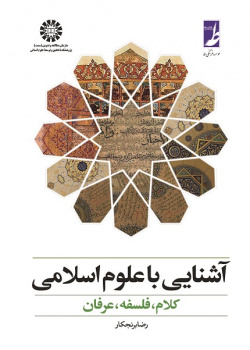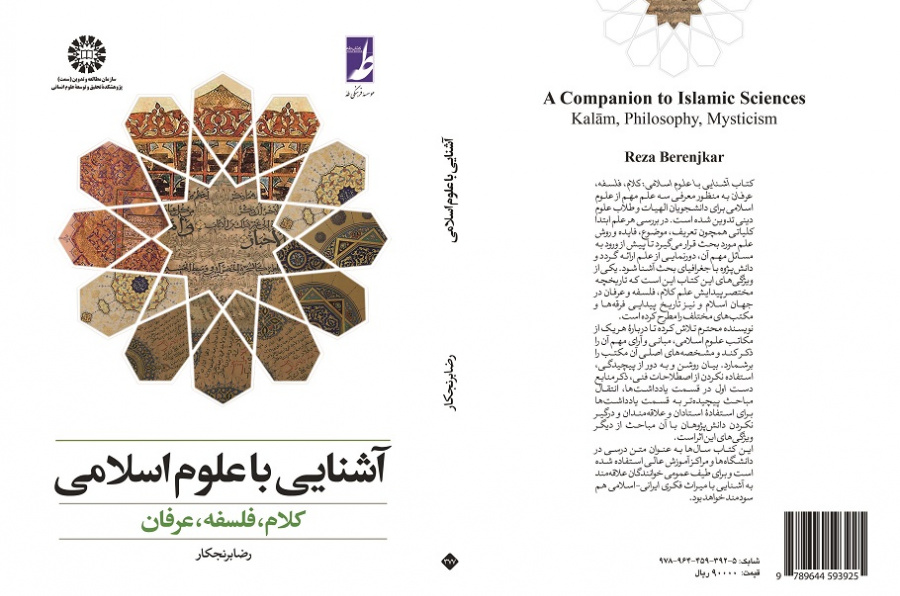

A Companion to Islamic Sciences
The present book is compiled for the purpose of introducing three important branches of Islamic thought. In exploring each of these domains, first some of the basics such as definitions, subjects, utilities, and methods are discussed to provide an overview of the topic before discussing their deeper dimensions. This makes the researcher familiar with the geography of discussion. One of the characteristics of this book is that it provides a short history of the genesis of Kalam, philosophy and mysticism in the Islamic world and also recounts the history of the origination of different sects and schools of thought. The tenets and creeds of each school are explicated and its
major features are revealed.
The content of the book is in three parts. In the part which deals with an outline of Kalam the following topics are covered: the early provinces of Kalam, Motazilah, Hadith scholars, Esha’ereh, Mataridiyeh, and Shi’ah. In the part which sees to the outline of philosophy the following topics are successively introduced: Peripatetic philosophy, Ishragh philosophy, and sublime wisdom. The chapter which gives an outline of mysticism and Sufism also delineates the principles of theoretic mysticism, and precepts of practical mysticism. There are some appended notes at the end of the book.
Compiled as a textbook for the students of theology and religious scholars (Tullab), this book introduces three important branches of Islamic thought.





